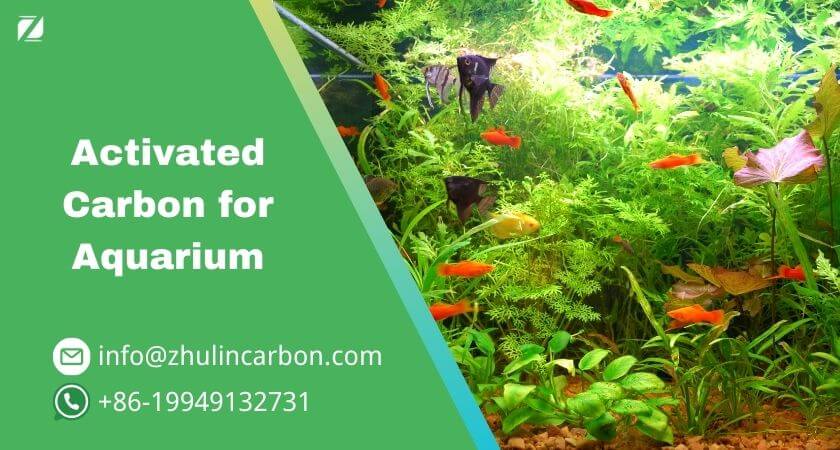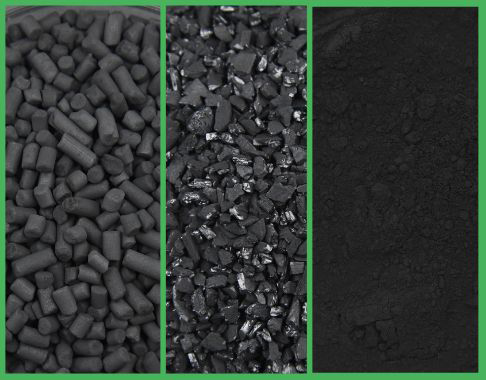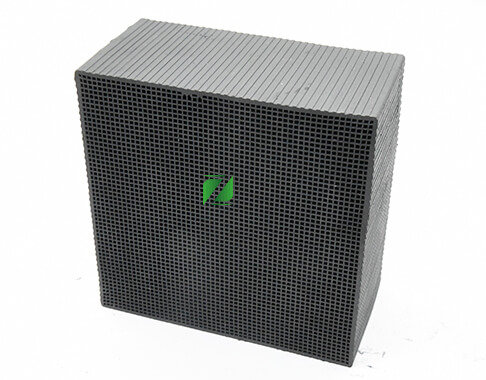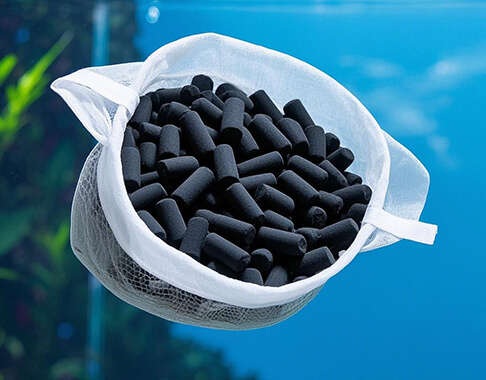Introduction
Maintaining a healthy aquarium environment requires proper filtration, and activated carbon plays a crucial role in water purification. This guide explores how activated carbon works in aquariums and helps you make informed decisions about its use in your aquatic setup.
What Is Activated Carbon?
Activated carbon is a highly porous form of processed carbon material, typically made from coconut shells, wood, or coal. The activation process creates millions of microscopic pores, giving it an enormous surface area for trapping impurities and dissolved substances from water.Activated carbon can be divided into four types:

Granular Activated Carbon (GAC)
• Most common type for aquariums
• Small irregular shaped particles
• Excellent for general filtration
Activated Carbon Pellets
• Cylindrical shaped
• Good water flow
• Less likely to create dust
Activated Carbon Powder
• Very fine particles
• High absorption rate
• Not typically used in aquariums due to potential mess
Honeycomb Activated Carbon

• Structured block form
• High capacity
• Mainly used in larger systems
What Does Activated Carbon Do for Aquarium Water?
Activated carbon functions as a physical filter in aquarium water, using its vast network of microscopic pores to capture and remove various impurities and unwanted compounds. As water passes through the carbon, its highly porous structure traps dissolved substances, helping to maintain a clean and healthy aquatic environment.• Removing discoloration and yellowing
• Eliminates odors
• Absorbing dissolved organic compounds
• Clearing cloudy water
• Removing medication residues
• Improving water clarity

Activated Carbon in Aquarium: Pros and Cons
Activated carbon is a popular filtration media in aquariums, but like any aquarium product, it has its advantages and disadvantages.Pros:
• Creating crystal-clear water
• Removing odors effectively
• Eliminating water discoloration
• Removing harmful chemicals and medications
• Easy to use and readily available
• Helping maintain stable water quality
Cons:
• Needing regular replacement (every 2-4 weeks)
• It can be relatively expensive over time
• It may remove beneficial trace elements
• Becoming ineffective when saturated
• It can release trapped substances if not changed
• Not necessary for all aquarium setups
While activated carbon is an excellent filtration tool, it's important to consider whether your specific aquarium setup requires its use. Many successful aquariums operate without carbon filtration, particularly planted tanks where certain nutrients need to be preserved.
Conclusion
Activated carbon plays a valuable role in aquarium filtration, offering effective removal of impurities, medications, and unwanted compounds. While not essential for every setup, it remains a powerful tool for maintaining crystal-clear, healthy aquarium water when used correctly.For high-quality aquarium carbon that delivers consistent results, consider Zhulin Carbon's professional range of activated carbon products. With over 20 years of manufacturing experience, Zhulin Carbon offers both standard and custom solutions to meet your specific aquarium needs.

